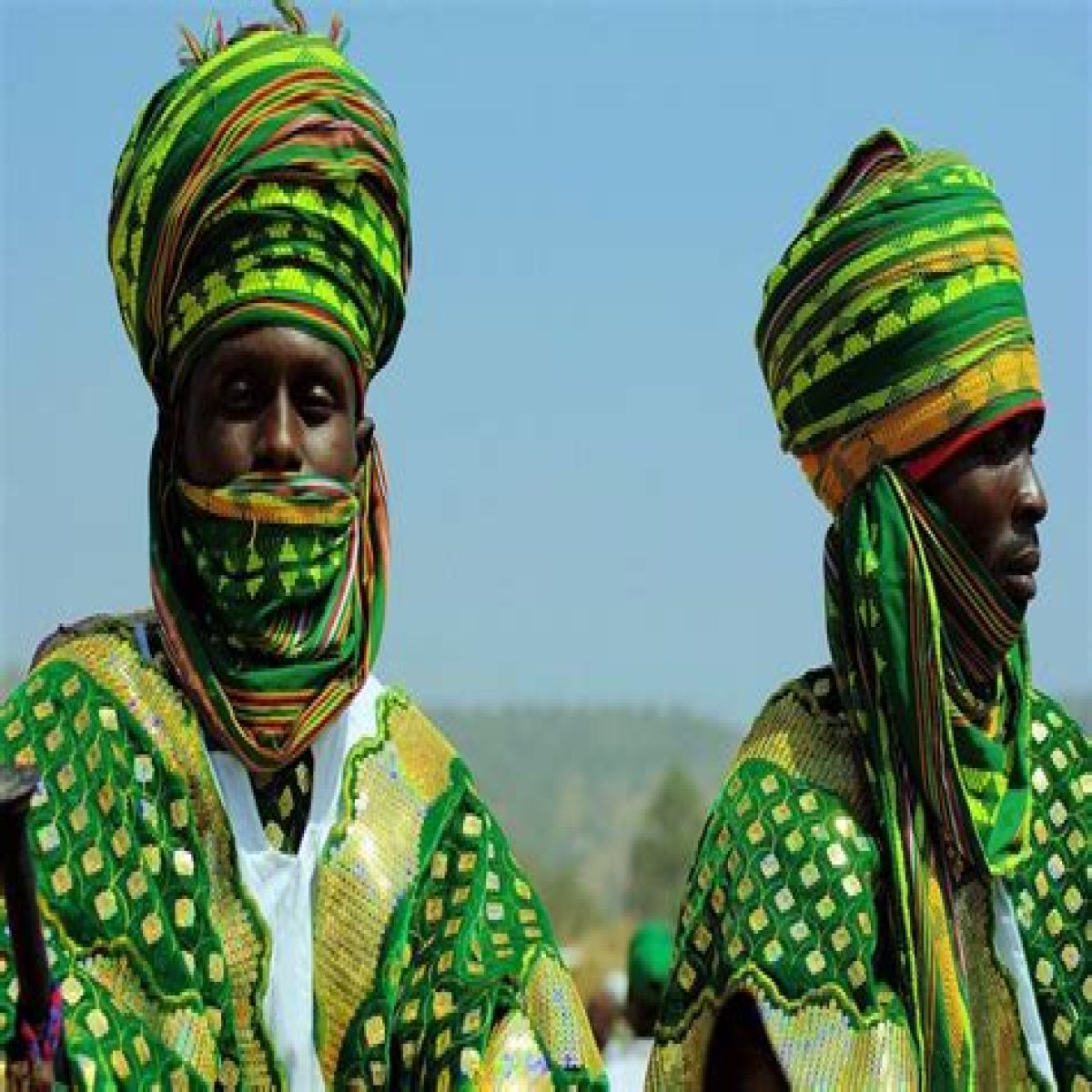Nigeria, a country renowned for its rich tapestry of cultures, languages, and traditions, is home to a diverse array of tribes. Each tribe contributes distinct customs and practices that enrich the Nigerian identity. With over 250 ethnic groups, it can be challenging to comprehend the population dynamics among these tribes. This article delves into the top 20 most populated tribes in Nigeria, illuminating their significance and cultural heritage.
Understanding the tribal composition of Nigeria is essential for grasping the nation’s social fabric. Each tribe has its unique history, language, and cultural practices, which have evolved over centuries. The demographic distribution among these tribes plays a crucial role in Nigeria’s political landscape, economic development, and social interactions.
As we explore the top 20 most populated tribes in Nigeria, we aim to highlight their unique attributes, historical backgrounds, and significant contributions to Nigeria's development. This journey through Nigeria's tribal diversity not only showcases the richness of its culture but also enhances our understanding of its people.
- What Are the Top 20 Most Populated Tribes in Nigeria?
- How Did These Tribes Emerge as the Most Populated?
- What Unique Cultural Practices Do These Tribes Have?
- What Are the Languages Spoken by These Tribes?
- How Do These Tribes Influence Nigeria’s Economy?
- What Are the Challenges Faced by These Tribes?
- Conclusion: What Lies Ahead for the Top 20 Most Populated Tribes in Nigeria?
What Are the Top 20 Most Populated Tribes in Nigeria?
Below is a list of the top 20 most populated tribes in Nigeria, each contributing to the cultural mosaic of the nation:
- Hausa
- Yoruba
- Ibo (Igbo)
- Fulani
- Ijaw
- Kanuri
- Efik
- Ebira
- Nupe
- Gwari (Gbagyi)
- Ogun
- Idoma
- Jukun
- Gbiri-Ngai
- Shuwa Arab
- Angas
- Birom
- Itsekiri
- Urhobo
- Isoko
How Did These Tribes Emerge as the Most Populated?
The emergence of these tribes as the most populated in Nigeria can be attributed to several factors, including historical migrations, social structures, and economic opportunities. The Hausa and Fulani tribes, for instance, have a long history of trade and pastoralism, which facilitated their growth and expansion across the northern regions of Nigeria.
Similarly, the Yoruba and Ibo tribes have historically been involved in agriculture and commerce, leading to an increase in their populations as they established urban centers and trade routes. Over time, these economic activities have allowed for population growth and the establishment of vibrant communities.
What Unique Cultural Practices Do These Tribes Have?
Each of the top 20 most populated tribes in Nigeria possesses unique cultural practices that reflect their heritage and social values. For example:
- The Hausa: Known for their rich musical traditions and festivals, they also have a deep-rooted respect for education and literacy.
- The Yoruba: Famous for their elaborate festivals, traditional attire, and artistic expressions, particularly in music and dance.
- The Ibo: Recognized for their entrepreneurial spirit, they celebrate the New Yam Festival, which marks the harvest season.
- The Fulani: Renowned for their nomadic lifestyle, they celebrate their cattle herding traditions through vibrant cultural displays.
What Are the Languages Spoken by These Tribes?
The linguistic diversity in Nigeria is a reflection of its vast ethnic composition. The top 20 most populated tribes speak a variety of languages, each with dialects that further enrich Nigeria’s cultural landscape. Here are some key languages:
- Hausa: Hausa
- Yoruba: Yoruba
- Ibo: Igbo
- Fulani: Fulfulde
- Ijaw: Ijaw
- Kanuri: Kanuri
How Do These Tribes Influence Nigeria’s Economy?
The economic influence of the top 20 most populated tribes in Nigeria cannot be overstated. Each tribe contributes uniquely to the national economy through various sectors:
- Agriculture: Major tribes like the Yoruba and Ibo are heavily involved in farming, producing staple crops and cash crops.
- Trade: The Hausa, known for their trading prowess, play a significant role in commerce across northern Nigeria.
- Art and Craft: Tribes like the Efik and Ijaw are known for their artistic expressions, contributing to the tourism sector.
What Are the Challenges Faced by These Tribes?
Despite their rich cultural heritage and contributions to Nigeria’s economy, the top 20 most populated tribes face various challenges:
- Socio-economic disparities: Many tribes struggle with poverty and lack of access to education and healthcare.
- Ethnic conflicts: Competition for resources often leads to conflicts among tribes, affecting social cohesion.
- Political marginalization: Certain tribes feel underrepresented in national politics, leading to feelings of disenfranchisement.
Conclusion: What Lies Ahead for the Top 20 Most Populated Tribes in Nigeria?
As Nigeria continues to evolve, the future of its top 20 most populated tribes will be shaped by their ability to navigate challenges and leverage their cultural strengths. Promoting unity, fostering economic development, and ensuring equitable representation in governance will be crucial for these tribes in the coming years. By understanding and appreciating the diversity and contributions of these tribes, Nigeria can work towards a more inclusive and prosperous future for all its citizens.
Unveiling The Remarkable Net Worth Of Celebrity IconsTotally Tubular: Exploring The Wild World Of 1980s SlangUnraveling The Life Of Mildred Patricia Baena: A Journey Through Shadows And Light
